
Figure Drawing
Figure and Animal Drawing
by Cecil G. Trew
Learn How to Draw Perspective
�
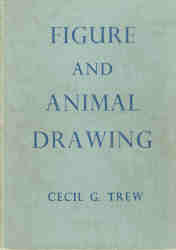
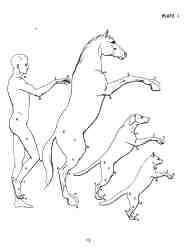
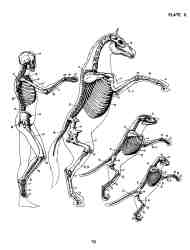
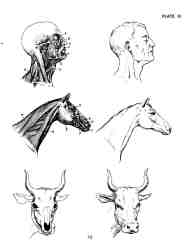
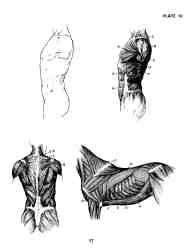
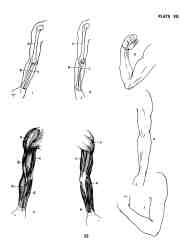
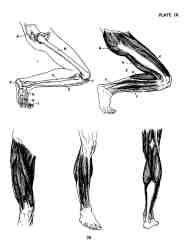
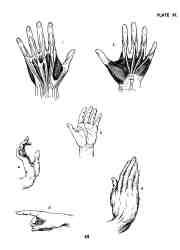
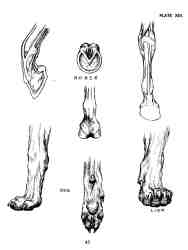
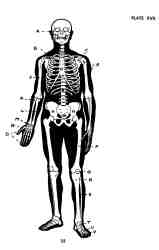
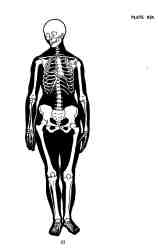
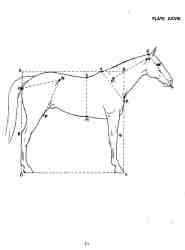
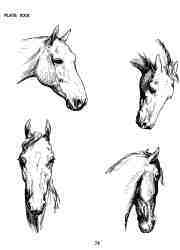
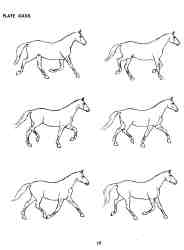
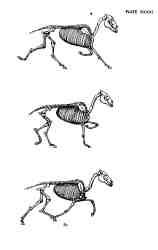
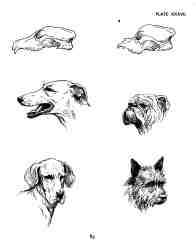
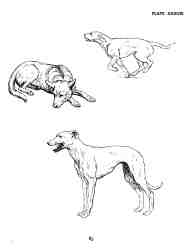
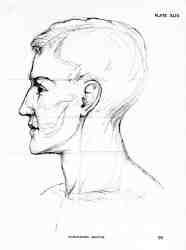
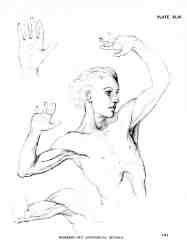
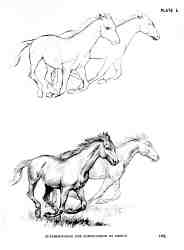
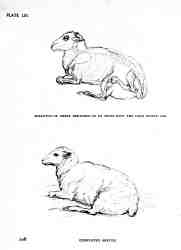

|
Contents:
|
|
List of Illustrations:
|
REPRODUCTIONS FROM PENCIL SKETCHES |
|
From the first chapter: THE study of the human figure and the study of animals have so much in common from the artistís point of view that they may well be considered together. In fact the artist will gain much in both branches of his art if he recognizes their similarities and allows his knowledge of the one to aid him in the other. Even portraiture is only to a very limited extent an exception to this tenet. Character and individuality should be aimed at in animal drawing as much as in portraying a human being, though in the case of the former we have a narrower range of possibility. Civilization has, so far, reached its peak in the evolution of what we call Modern Man. Man has developed a greater complexity of emotion than any other creature, and his desire to express his feelings and thoughts to his fellows has brought about a most intricate code of emphasis and gesture. An animal is capable of all the elemental emotions that sway a human being, such as fear, hatred, love, despondency and joy, but as a general rule these passions are more transitory in an animal and, being born of natural circumstances rather than complicated reasoning, leave less lasting effect on the physiognomy. So far as the general anatomy of man and beast goes one cannot do better than to study them together, and when one remembers that, in bygone ages, man used to go on all fours, had a "hide that was covered with hair" and "talked" as do the beasts of the field, the likeness that his general structure still shows to that of all other warm-blooded animals is not to be wondered at. |
|
Search for related books at
Abebooks.com
ELEMENTARY PEN-AND-INK DRAWING |